How Did Cahokian Farmers Feed North America’s Largest Indigenous City?
Native American farming was more sophisticated than your history textbook told you.
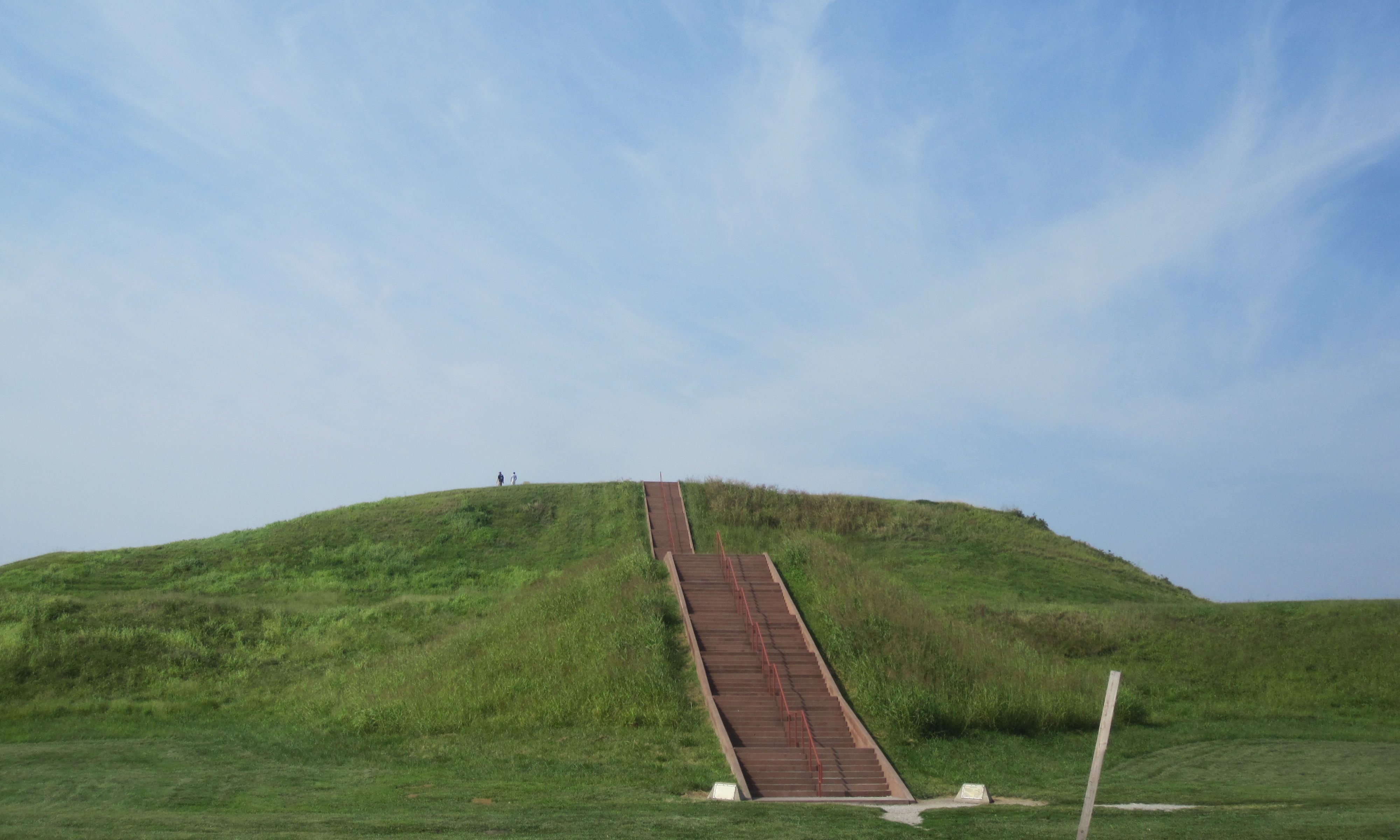
Just outside St. Louis, visitors can witness the monumental earthen mounds that mark Cahokia, the largest indigenous city north of Mexico. There’s a persistent myth that the original inhabitants of what is now the United States were all hunter-gatherers living in small communities. Yet these mounds—likely used for ceremonial and housing purposes by people of the Mississippian Culture—reveal an often-neglected history: an organized, socially diverse, Pre-Columbian city.
Experts disagree about Cahokia’s exact population—and most other aspects of its society. Yet many archaeologists estimate that at its peak around the year 1100, Cahokia housed 10,000 to 20,000 people, with up to 50,000 inhabitants living in the surrounding area—a population size rivalling or surpassing concurrent European cities. Yet conventional theories of Native American agriculture, which is depicted as relatively non-productive and reliant on a classic trio of corn, squash, and beans, fail to account for a fundamental question: How did the Cahokians feed so many people?
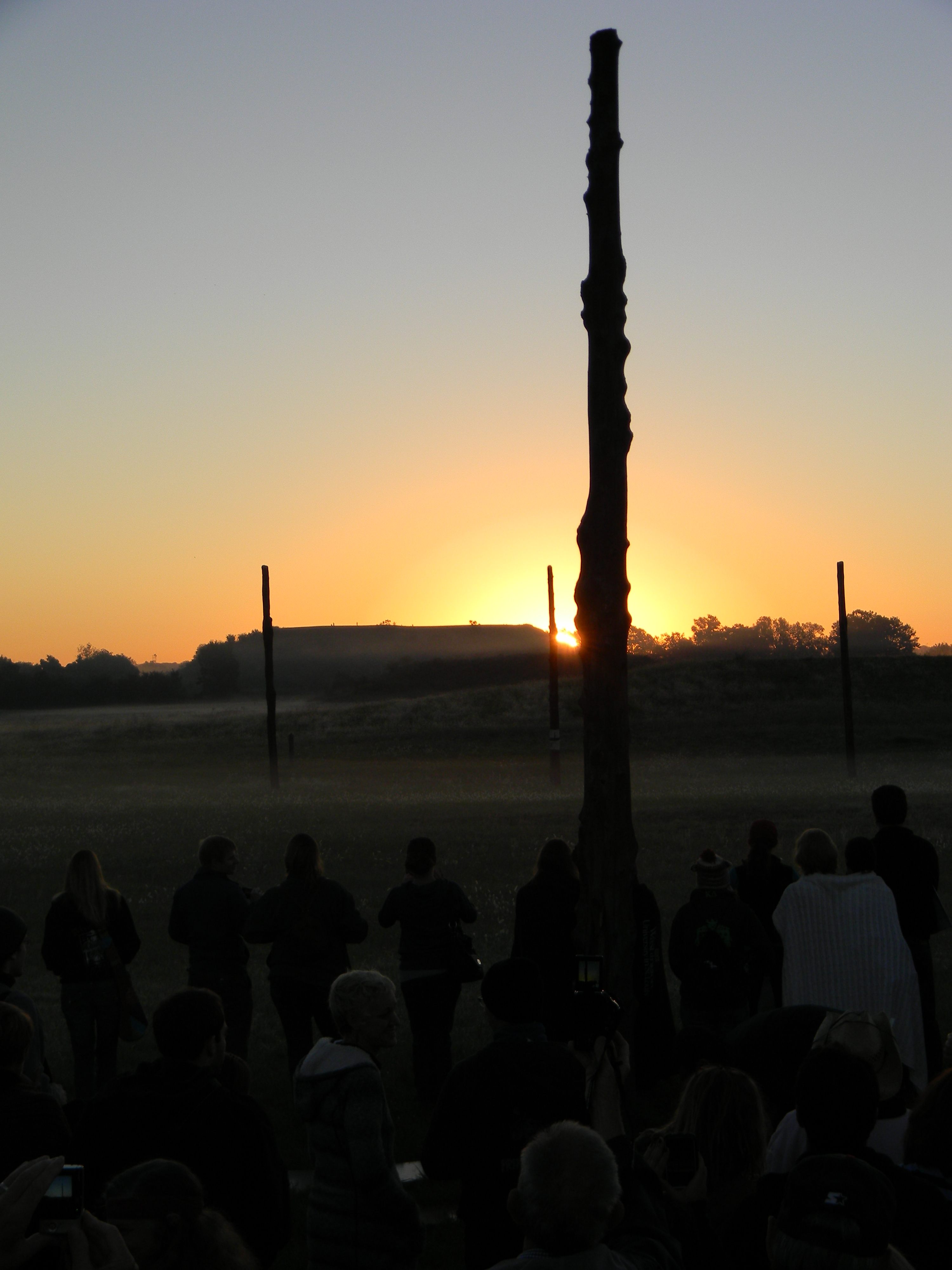
Gayle Fritz has an answer. Archaeologists have long argued that Cahokians, like other indigenous North American cultures, relied heavily on corn. That’s true, says Fritz, a paleoethnobotanist and emeritus professor at Washington University in St. Louis. But in her new book, Feeding Cahokia, Fritz uses data from more recent seed flotation studies to argue that Cahokian crops were much more diverse than previously believed. This supports interpretations of Cahokia as a densely populated, prosperous city—and challenges older assumptions about the simplicity of Native American farming.
For hundreds of years, scholars argued that pre-Columbian North Americans did little to reshape the environment. In the past decades, however, more recent scholarship has argued that pre-Columbian American societies were not only equally or more sophisticated than those of the so-called Old World—but that indigenous people used large-scale agriculture to reshape the Americas into what Charles C. Mann, author of 1491, calls “the world’s largest garden.”
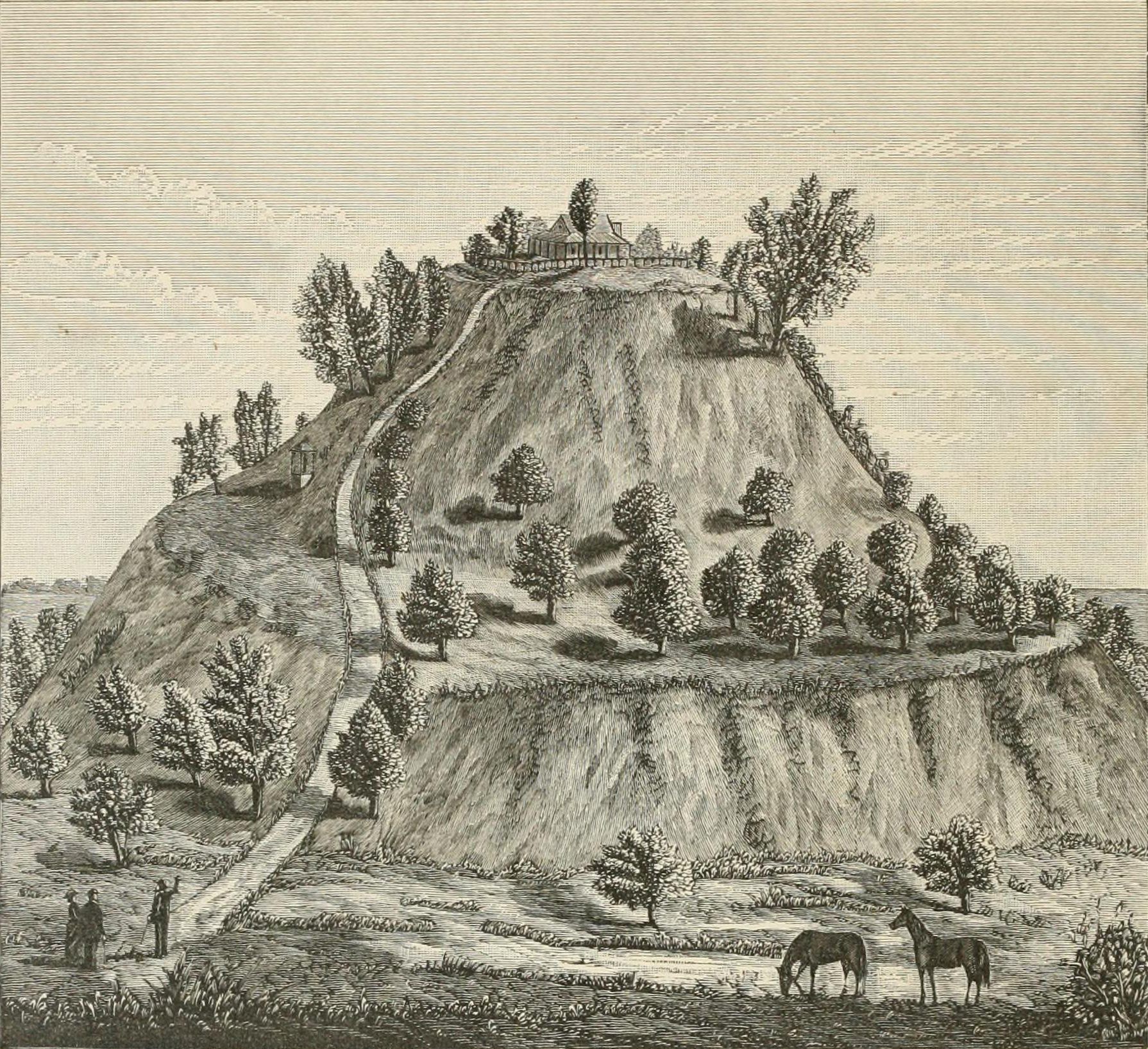
For most of the United States’ history, scholars found this difficult to believe. When 19th-century traveller Henry Breckenridge stumbled upon the Cahokian mounds in 1810, he was “struck with a degree of astonishment” by indigenous Americans’ monumental accomplishments. Yet his contemporaries were so steeped in the era’s racist notions of ability that they found it easier to believe the mounds were built by Vikings, ancient Greeks, or bands of marauding Welshmen. (Variations of this disbelief persist today.) Observers were similarly skeptical of Native American agriculture, doubting that their predominantly hoe-based, slash-and-burn methods could be as productive as plow-based European models.
Reflecting this disregard, many of the mounds were leveled during the construction of St. Louis, and their earth used to build the city. As late as the 1970s, the government built a highway between the historic mounds. By the time UNESCO declared Cahokia a World Heritage Site in 1982, however, archaeologists were beginning to take the implications of Cahokia’s massive infrastructure and rich artifacts seriously: The city was larger and more complex than previously imagined.
Yet, Fritz argues, they continued to underestimate the complexity of Cahokian agriculture. This is partly due to limitations in archaeological methods. Traditional fieldwork relies on sifting dirt through a mesh sieve in order to sort artifacts from sediment. These sieves are the perfect size to catch pot shards and errant kernels of corn, but they’re too large to separate out smaller grains. As a result, says Fritz, the archaeological picture of Cahokians’ diet was skewed toward maize.

By using flotation—allowing water to bubble up through sediment and examining the tiny particles that float to the top—archaeologists have found evidence of a much more varied agricultural system, including domesticated plants such as Chenopodium berlandieri,, a North American relative of quinoa, and Iva annua var. macrocarpa, a domesticated variety of marsh elder. Fritz theorizes that this complex agricultural system was run by highly knowledgeable, respected women. Cahokian cooks likely combined these grains with maize and vegetables, such as squash, to make stews, porridges, and bread, as well as the still-popular corn-based hominy.
Cahokian agriculture was so successful that the city’s prosperity may have attracted migrants from across the region. Using an isotopic analysis of human bones at Cahokian gravesites, archaeologists have found that up to 30% of the population weren’t native to the area. Pottery made in the artistic style of non-Mississippian cultural groups using Cahokian clay adds weight to the argument that people were migrating to Cahokia from as far as the Ohio River Valley. While the idea of a culturally diverse, even cosmopolitan, Native North American city may be surprising to some, Fritz says, “I wasn’t surprised at all. I thought, man, this place had to be multilingual, multiethnic.”
Venture into the swampy grasslands around Cahokia today, and you’ll see the distant cousins of domesticated Cahokian Chenopodium and marsh elder. The Cahokian cultivars have been lost—wild varieties yield much smaller, less nutritious seeds than those that fed the city. Yet ghosts of indigenous agriculture remain. Cucurbita pepo gourds, likely domesticated by early Native Americans, continue to grow wild in the river valleys near the site. Meanwhile, some local patches of Chenopodium flower and fruit simultaneously—an unusual synchrony that may indicate these plants are more closely related to domesticated ancestors.
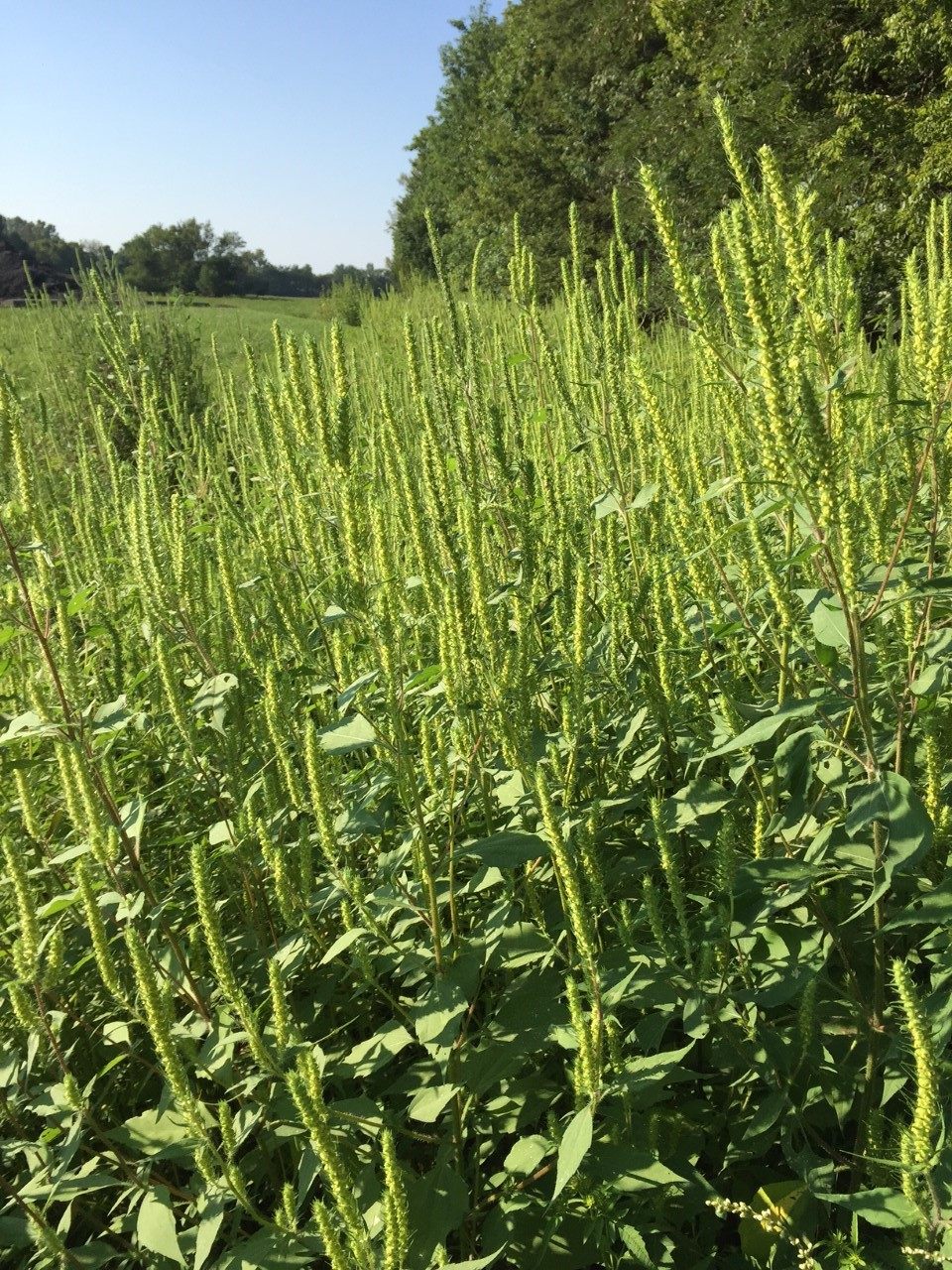
For Fritz, these traces of Cahokian agriculture are laden with opportunity. While efforts to revive lost indigenous strains are still in their infancy, Fritz says Cahokian cultivars like Chenopodium, a relative of the popular (but environmentally and socially fraught) South American quinoa, could provide both economic and environmental benefits to local communities. In this sense, the story of Cahokian farming isn’t just one of loss—of people, cultures, and cultivars—but also of possibility.
Gastro Obscura covers the world’s most wondrous food and drink.
Sign up for our regular newsletter.




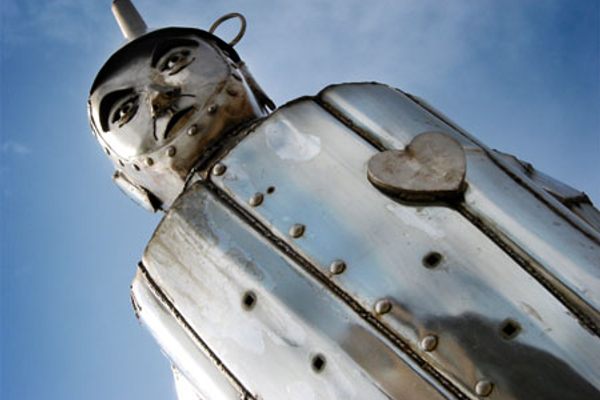

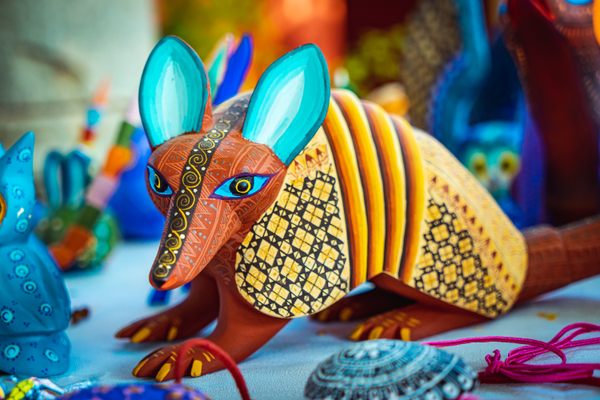


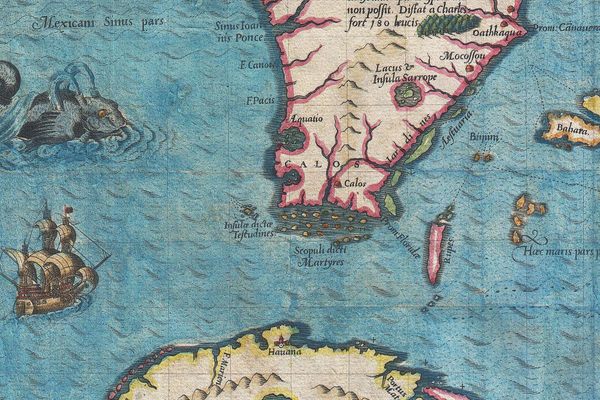

















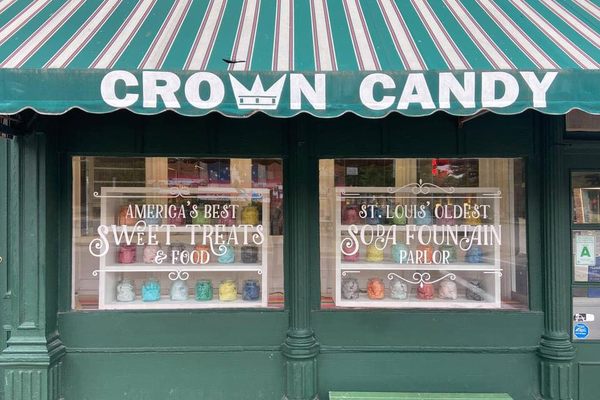
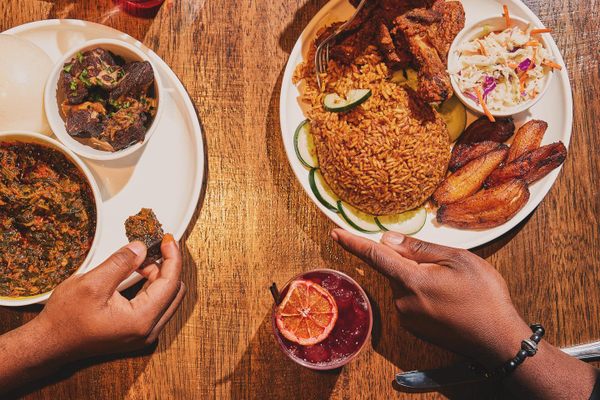
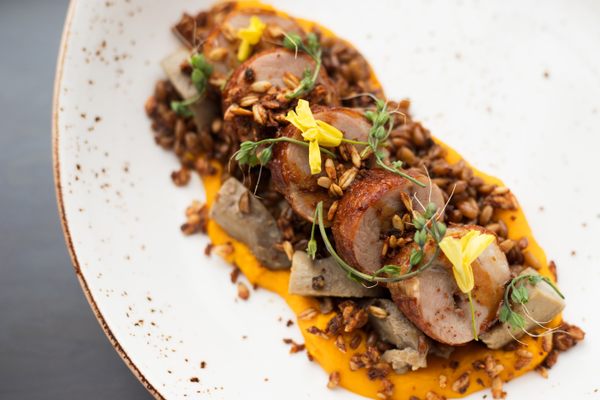




Follow us on Twitter to get the latest on the world's hidden wonders.
Like us on Facebook to get the latest on the world's hidden wonders.
Follow us on Twitter Like us on Facebook